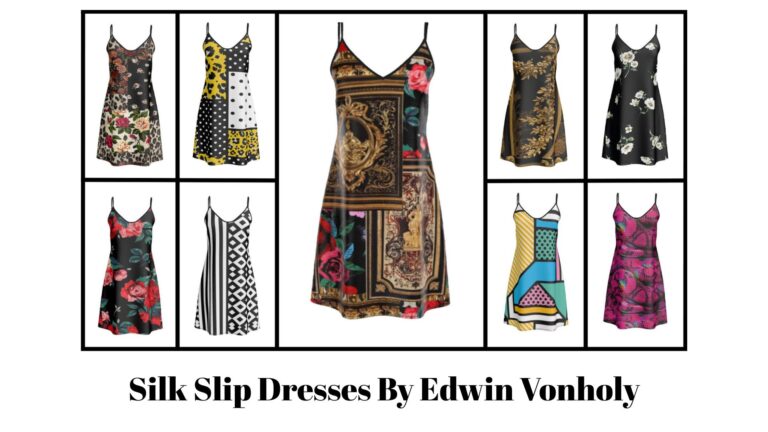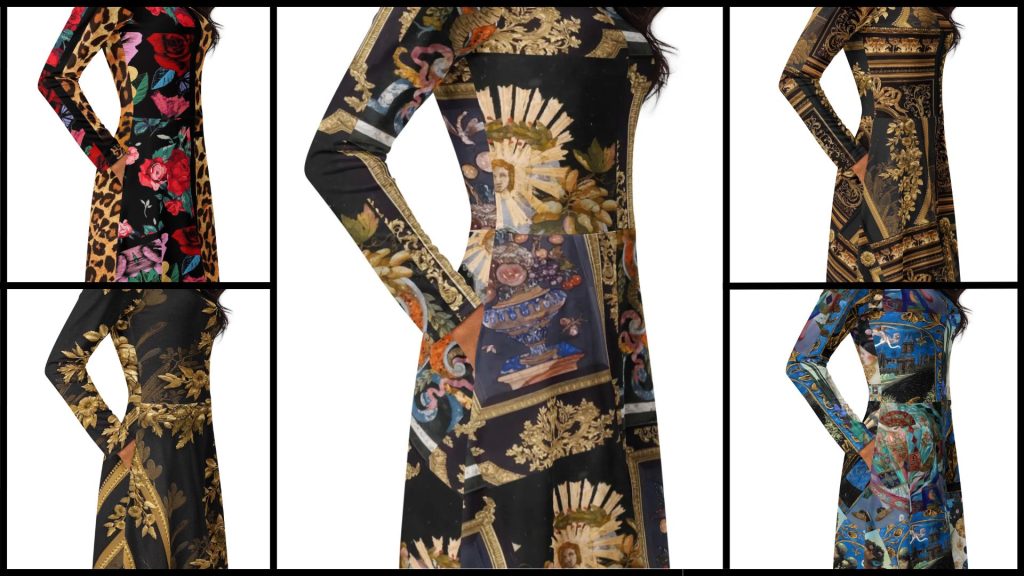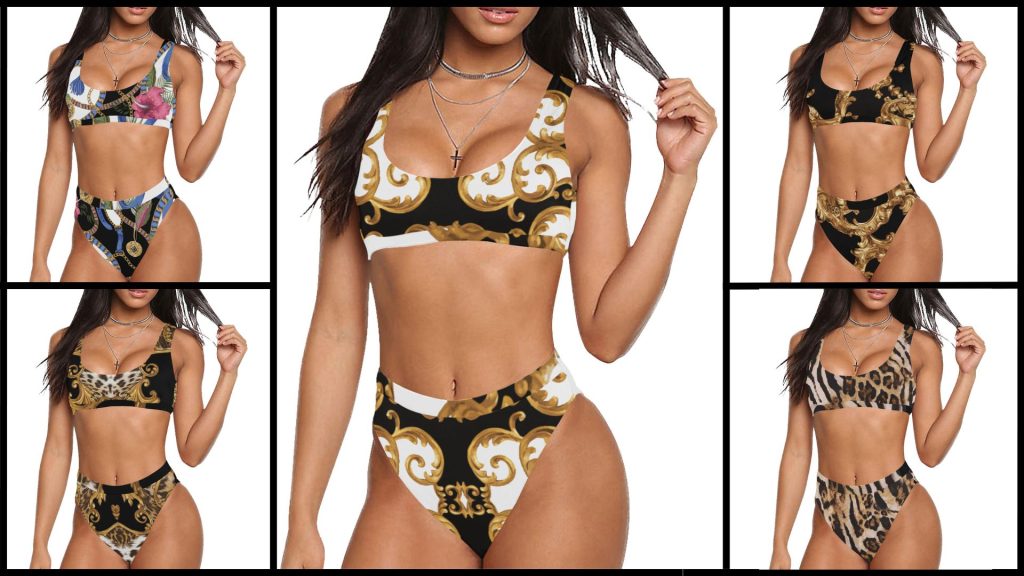The History and Evolution of the Jean Dress
The jean dress, a timeless wardrobe staple, has undergone a fascinating transformation since its humble beginnings. From its utilitarian roots to becoming a stylish fashion statement, the jean dress has evolved into a versatile garment loved by people of all ages. This article will explore the history, cultural significance, and evolution of the jean dress, highlighting how it has changed over time and why it remains a popular choice today.
The Origins of Denim: The Birth of Jeans
To understand the history of the jean dress, it’s important to first look at the origins of denim and jeans. Denim, a durable cotton fabric, was first created in the late 17th century in Nîmes, France. It became widely popular in the 19th century when Levi Strauss, a German immigrant, began producing denim trousers for miners during the California Gold Rush. These jeans were designed to be tough and long-lasting, providing workers with durable clothing for their demanding jobs.
Key Milestone: Levi Strauss and his denim jeans became synonymous with sturdy workwear by the 1850s, laying the groundwork for what would later become a cultural phenomenon.
The Jean Dress Emerges: 20th Century Workwear and Fashion
The concept of the jean dress began to take shape in the early 20th century. Initially, denim was used for men’s work pants, and the idea of using it for women’s clothing was far from mainstream. However, as fashion began to evolve, denim became more widely accepted as a fabric for both genders.
By the 1920s and 1930s, women’s fashion began embracing more practical and comfortable clothing, influenced by the suffragette movement and the desire for freedom of movement. The introduction of denim dresses, although still quite rare, began to appear as part of this shift. They were typically simple, utilitarian garments meant for daily chores or casual outdoor wear.
Key Milestone: Denim’s initial appearance in women’s fashion during the 1930s marked the beginning of its long-standing relationship with casual and working-class clothing.
Post-War Influence: The Rise of Denim as a Fashion Icon
The 1940s and 1950s were pivotal in shaping the way denim was perceived in society. After World War II, denim, once a fabric associated with manual labor, began to make its way into the mainstream fashion scene. In the 1950s, iconic figures like James Dean and Marlon Brando popularized denim jeans through their roles in Hollywood films, cementing the fabric’s place in American pop culture.
It was also during this time that denim started to be used in more feminine cuts. The jean dress became a more common sight, especially in casual and summer wear. Denim dresses often featured simple A-line or shirt dress silhouettes and were popular for outdoor activities, picnics, or weekend get-togethers.
Key Milestone: Hollywood stars and American icons helped elevate denim into mainstream fashion, paving the way for the popularization of jean dresses in the 1950s.
The 1960s and 1970s: The Jean Dress Becomes a Symbol of Rebellion and Freedom
The 1960s and 1970s marked a time of cultural revolution. The youth of this era, especially during the counterculture movement, sought to break free from traditional fashion norms. Denim became synonymous with rebellion, individualism, and self-expression. The jean dress, with its easygoing and effortless style, fit perfectly into this new vision of freedom.
Jean dresses were often paired with bohemian accessories like scarves and fringe, and the denim-on-denim trend (often referred to as “double denim”) began to emerge. It was during the 1970s that bell-bottom jeans and denim skirts became wildly popular, and jean dresses were often made with more creative and fashionable cuts, becoming part of the free-spirited style of the era.
Key Milestone: Denim was no longer just a fabric for workers; it had become an essential part of youth culture, symbolizing both rebellion and freedom in the 1960s and 1970s.
The 1980s and 1990s: The Mainstream Popularization of the Jean Dress
By the 1980s and 1990s, the jean dress had fully cemented itself as a staple of mainstream fashion. The versatility and comfort of denim made it a favorite choice for everyday wear. Denim was no longer just for blue-collar workers or rebels; it was embraced by all walks of life. High-end fashion designers began incorporating denim into their collections, making it an iconic part of both casual and formal wear.
In the 1980s, the popularity of oversized and relaxed silhouettes led to the rise of baggy jean dresses, often worn with chunky accessories like belts and bold jewelry. Meanwhile, the 1990s saw the emergence of more fitted and flattering jean dresses, including bodycon styles, mini dresses, and overall dresses with denim fabric.
Key Milestone: Denim became a universal fabric for all, from high fashion runways to casual streetwear, making the jean dress accessible to a wider audience.
The 2000s to Present: The Jean Dress in Modern Fashion
In the 2000s and beyond, jean dresses have continued to evolve, with various cuts, colors, and styles emerging to suit contemporary tastes. Today, the jean dress is seen as a versatile, easy-to-style garment that can be dressed up or down for almost any occasion. The trend for sustainable fashion has also led to an increased focus on eco-friendly denim options, as more brands prioritize ethically made garments.
From the classic shift or shirt dress styles to modern pinafores, overall dresses, and maxi versions, the jean dress continues to be reinterpreted by designers. Celebrities and influencers have embraced the jean dress in countless ways, whether by pairing it with heels for a chic look or layering it with a jacket for a more casual style.
Key Milestone: The jean dress is now a core component of modern wardrobes, evolving in design and material to meet the needs of a new generation that values both style and sustainability.
The Timeless Appeal of the Jean Dress
The jean dress’s evolution from a simple workwear garment to a high-fashion piece reflects its adaptability and enduring appeal. Denim has remained relevant in every era, transforming alongside societal and cultural changes while maintaining its status as a beloved fabric. The jean dress continues to be a go-to piece for both casual and elevated looks, offering endless styling possibilities for every occasion.
As fashion continues to evolve, it’s clear that the jean dress will remain a staple, cherished for its versatility, comfort, and timeless style. Whether dressed up for a night out or kept casual for a day of errands, the jean dress’s history and evolution prove that this classic piece is here to stay.





